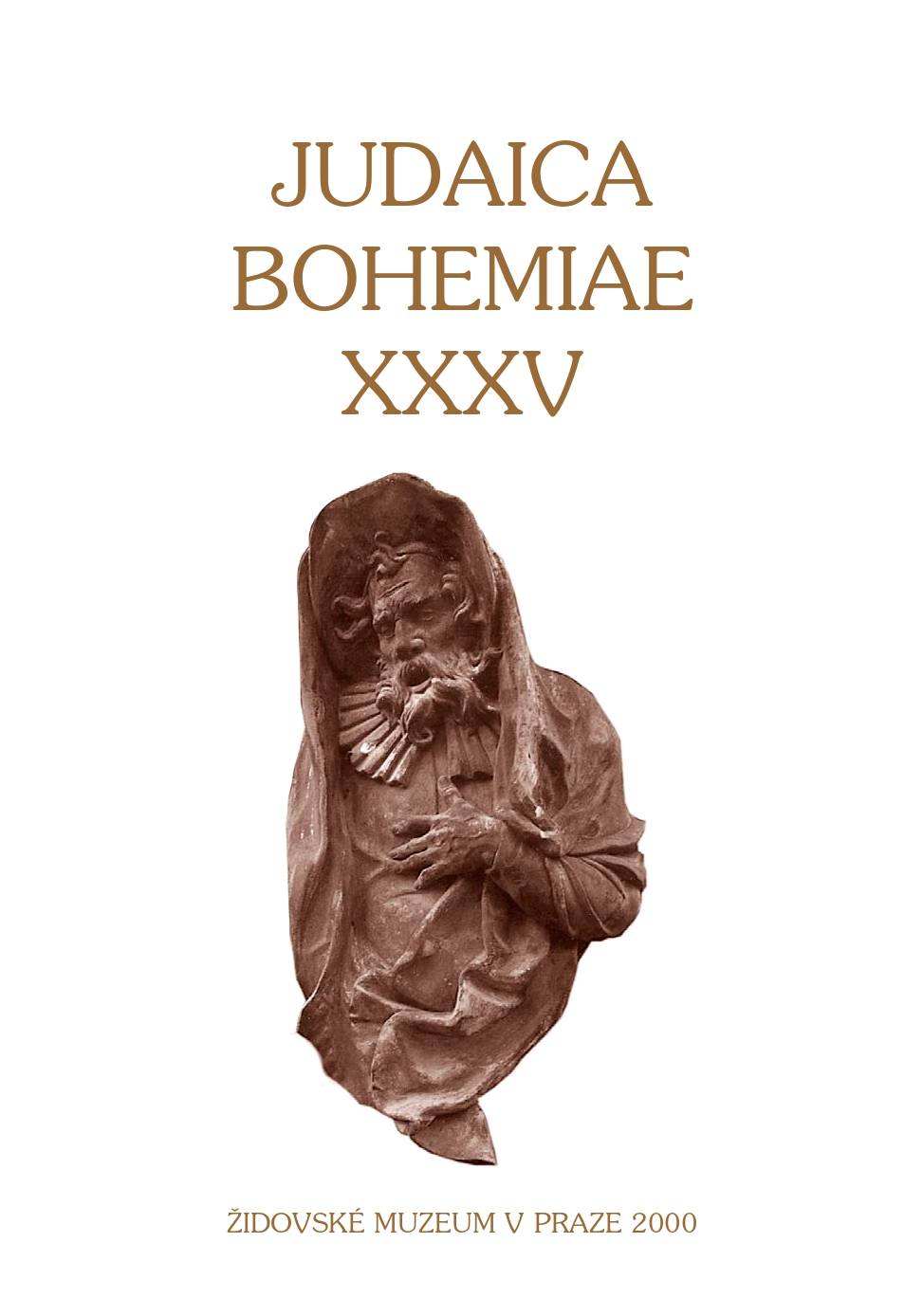The Origins of the "Spanish Synagogue" of Prague
The Origins of the "Spanish Synagogue" of Prague
Author(s): Ivan KalmarSubject(s): History, Fine Arts / Performing Arts, Cultural history, Jewish studies, Architecture, Modern Age, History of Judaism, 19th Century
Published by: Židovské Muzeum v Praze
Keywords: Moorish architecture; Prague Jewish community; Reform movement; "Spanish Synagogue"; architectural attribution; historical enigma;
Summary/Abstract: The "Spanish Synagogue" of Prague, originally known as the "Israelite Temple of Prague," is a significant example of early Moorish style synagogue architecture from the mid-19th century. It was a central place of worship for some of Prague's most affluent Jewish families and played a key role in the Reform movement. The synagogue's design, attributed to architects Josef Niklas or Ignác Ullmann, underwent revisions before its completion in 1868. Its name, "Spanish Synagogue," is not due to its architectural style but likely stems from a mistaken belief in a Sephardic congregation's historical presence. The building's restoration in 1998 by the Jewish Museum of Prague has made it a prominent landmark and tourist attraction, although its history remains somewhat enigmatic.
Journal: Judaica Bohemiae
- Issue Year: XXXV/1999
- Issue No: 1
- Page Range: 158-209
- Page Count: 52
- Language: English
- Content File-PDF

